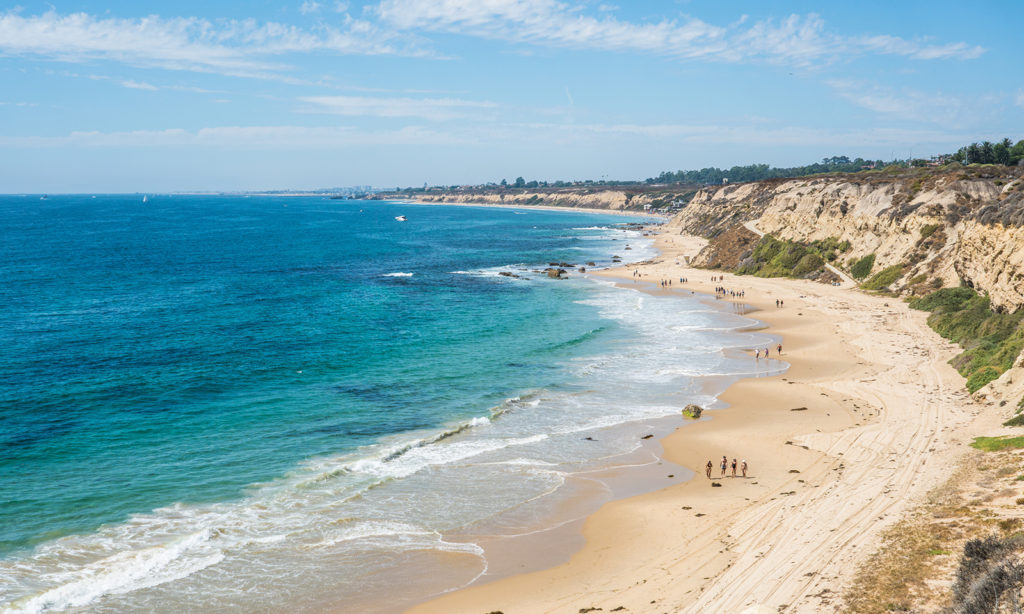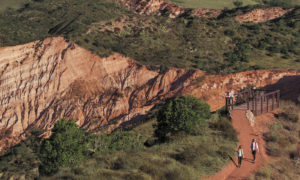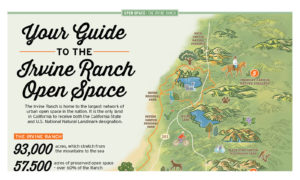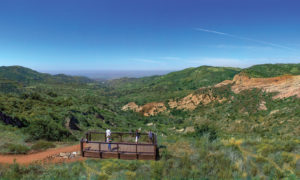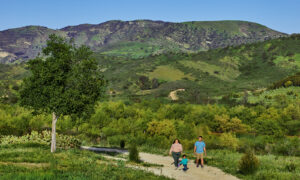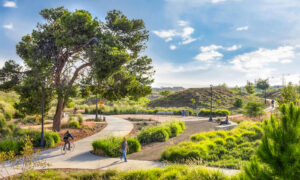Few communities in Southern California can boast of nearby coastal open space. Irvine can. Just a quick trip south reveals a view of the undeveloped coast and hills that are part of The Irvine Ranch, including all the natural beauty of Crystal Cove State Park.
From ocean coves and tide pools to coastal sage scrub and wooded canyons, the seascapes and landscapes of Crystal Cove offer a wealth of experiences.
In the water
With access points at Pelican Point, Los Trancos, Reef Point, and Moro Canyon, there is plenty of space to swim, snorkel and dive. Crystal Cove’s waters offer fish viewing at its finest.
Tip: Look for garibaldi. California’s official marine state fish, this bright orange fish is found in Crystal Cove State Park’s Marine Protected Area.
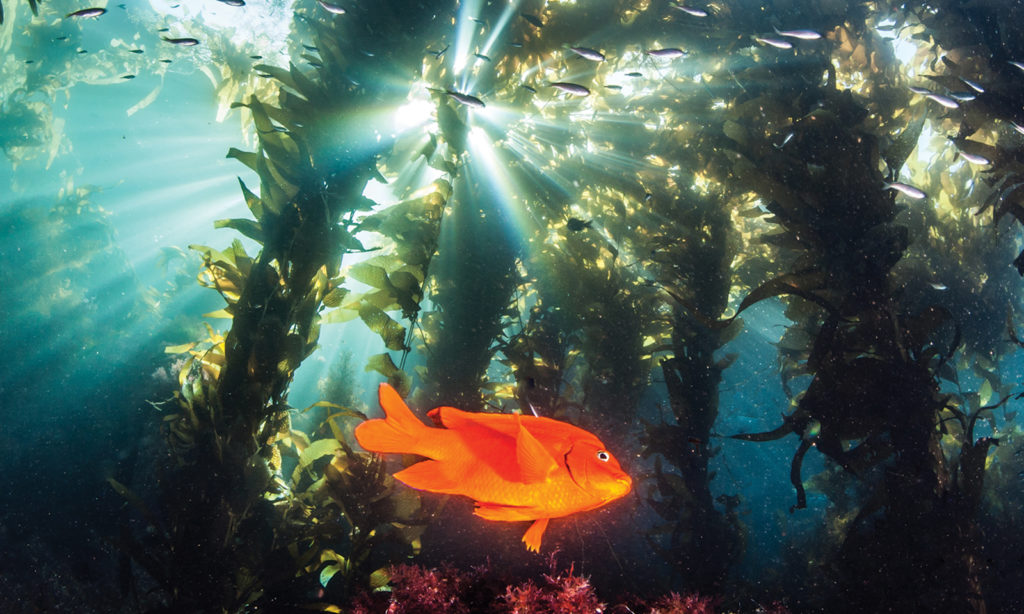
Along the shoreline
Tide pools exist where a rocky shoreline meets the ocean. When the tides recede, a tide pool’s crabs, snails, barnacles and anemones are revealed.
Tip: Check the tide schedule and plan your trip around a low tide.
Take a close look at the black turban snail shells in a tide pool. Those that move quickly are empty shells used by hermit crabs for protection as they scurry along the tide pool floor.
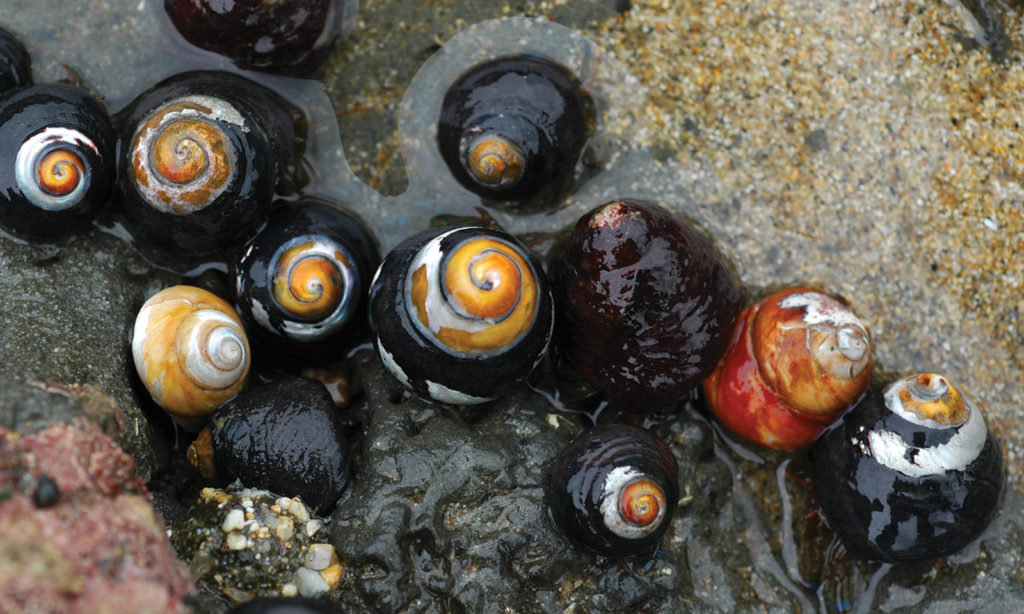
On the sand
Crystal Cove’s sandy beaches are wonderful vantage points for observing wildlife. While you can see wildlife without binoculars, using them improves your chances of a sighting.
Tip: Between November and April, watch for migrating gray whales. They breathe through two blowholes, creating a V-shaped spray of water when they “blow.”
Dolphins occasionally venture close to the surf line. They often travel in pods and are identified by dorsal fins on their backs.
Sanderlings, whimbrels, plovers and other shorebirds frequent the sandy beaches during fall and winter. Watch them probe the wet sand or pluck beach flies from kelp that washes ashore.
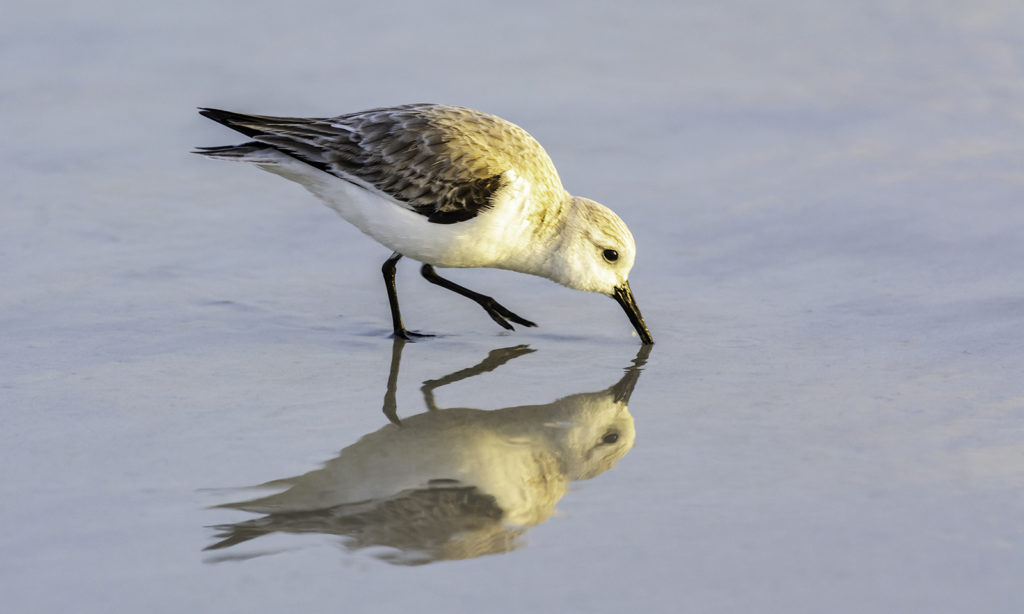
In the canyon
Moro Canyon features a pedestrian tunnel that connects the beach with the day-use area, campground and backcountry. In the day-use area, the Berns Environmental Study Loop beckons the curious with its nature stations. Trails lead from there into the park’s coastal sage scrub and wooded canyons.
Tip: Coastal sage scrub is prime habitat for the California gnatcatcher. Listen for this bird’s meow-like call.
Look for bladderpod and its bladder-like seed pods in the coastal sage scrub. Can you find any harlequin bugs? This colorful insect loves to suck the plant’s sap.
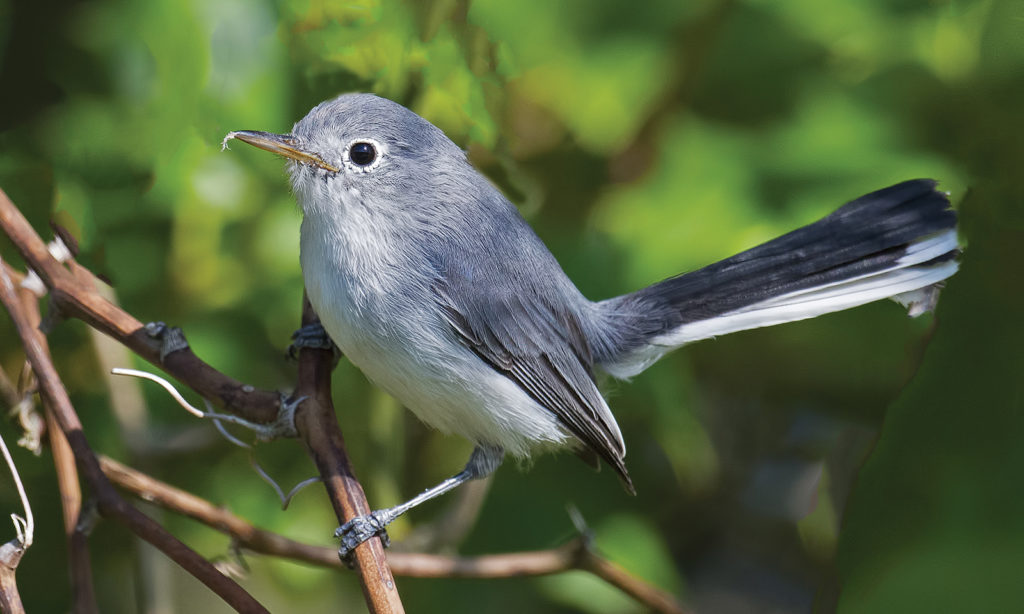
Jenny Rigby, director of Acorn Group, is an award-winning interpretive planner, teacher and writer.

